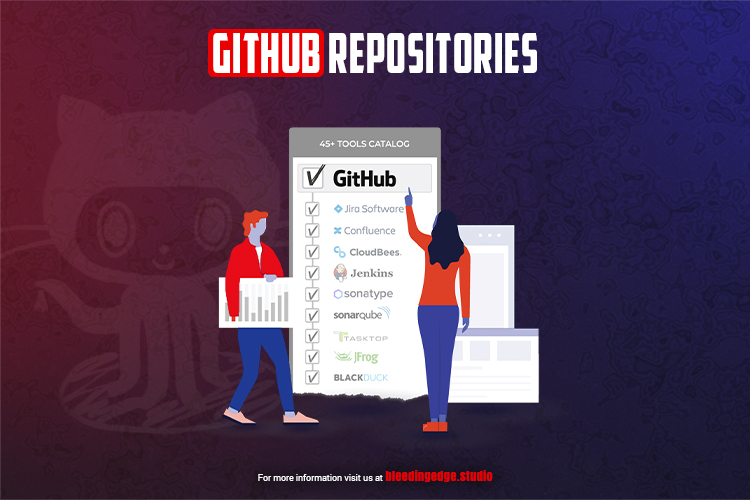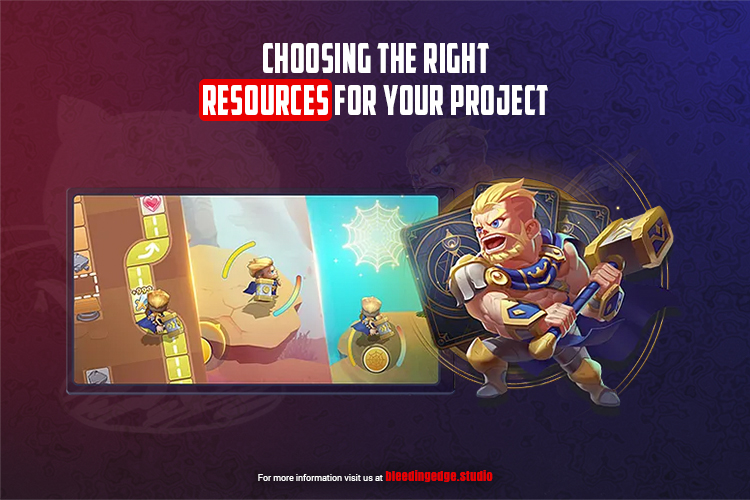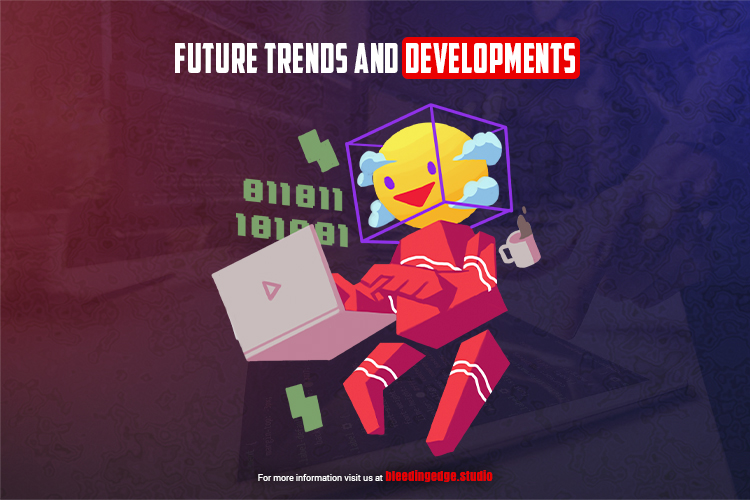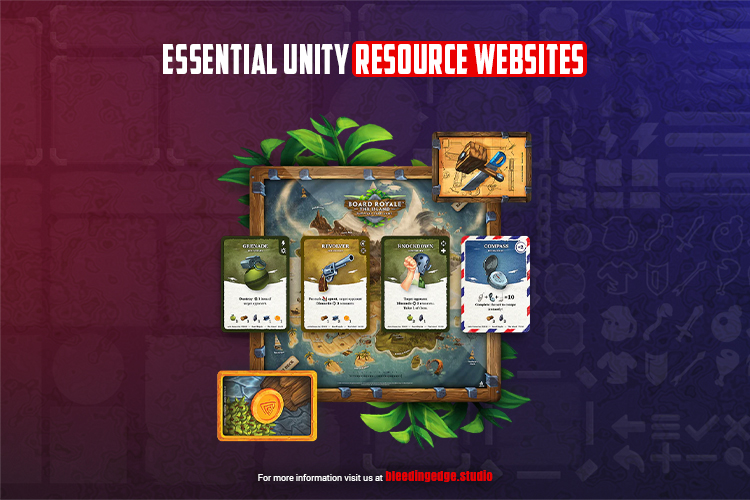In the ever-evolving landscape of game development, Unity Resources are the lifeblood of creativity and efficiency. From art assets to scripting tools, having access to high-quality resources can significantly streamline the development process and elevate the final product. Unity, one of the popular game development engines, offers a plethora of free resources that developers can leverage to enhance their projects. In this article, we’ll explore some of the best free Unity resources available, spanning from assets to plugins and beyond.
1. Unity Asset Store: A Treasure Trove of Freebies
The Unity Asset Store stands as a goldmine for game developers, offering an extensive collection of assets, tools, and plugins to suit various needs. While many items on the Asset Store are paid, there’s also a generous selection of free assets available for use. These can range from character models and environmental assets to sound effects and scripts.
2. OpenGameArt.org: Community-Driven Creativity
OpenGameArt.org is a vibrant online community that provides a platform for artists, musicians, and developers to share and collaborate on free resources for game development. The website hosts a vast collection of art assets, music tracks, sound effects, and more, all available under open licenses that allow for commercial use. Developers can browse through categories or search for specific assets to find the perfect fit for their projects.
3. Kenney.nl: Simplifying Game Development with Free Assets
Kenney.nl is a renowned name in the game development community, offering a wide array of high-quality game assets for free. From pixel art to 3D models, Kenney’s collection covers various styles and genres, making it a valuable resource for developers working on diverse projects. Additionally, Kenney provides asset packs that include everything needed to create a complete game, from graphics to sound and even code snippets.
4. GitHub: Collaborative Development and Shared Resources
GitHub is not only a hub for version control and collaborative development but also a treasure trove of open-source Unity projects and resources. Developers can explore repositories containing scripts, plugins, and entire game projects shared by the community. This not only provides access to helpful code snippets but also offers insights into best practices and innovative techniques employed by fellow developers of Unity Resources.
5. Unity Learn: Educational Resources for Skill Enhancement
Unity Learn is an invaluable resource for both novice and experienced developers looking to increase their skills. While some of the content on Unity Learn requires a subscription, there’s also a significant portion available for free. From beginner tutorials to advanced courses covering specific aspects of game development, Unity Learn offers a wealth of educational resources to help developers level up their skills and tackle new challenges of Unity Resources.
6. Brackeys: Learning and Inspiration through YouTube
Brackeys is a popular YouTube channel dedicated to Unity tutorials, tips, and game development insights. While not a traditional resource repository, Brackeys’ video tutorials cover a range of topics, from basic concepts to advanced techniques. Developers can learn how to implement specific features, optimize performance, or overcome common challenges through Brackeys’ engaging and informative content.
7. Unity Forums: Connect, Collaborate, and Troubleshoot
The Unity Forums serve as a hub for developers to connect, collaborate, and troubleshoot issues. While not exclusively a repository for resources, the forums are an essential destination for developers seeking guidance, advice, and solutions to their Unity-related queries. Whether you’re facing a technical challenge, looking for feedback on your project, or simply want to engage with the community, the Unity Forums offer a wealth of knowledge and support from fellow developers and Unity experts of Unity Resources.
8. CG Cookie: Professional Tutorials and Courses
CG Cookie is a platform offering professional tutorials and courses on various aspects of game development, including Unity. While some content on CG Cookie requires a subscription, there are also free tutorials available for developers looking to expand their skills. From beginner-friendly introductions to advanced techniques and workflows, CG Cookie provides in-depth resources to help developers master Unity and create exceptional games of Unity Resources.
9. Unity Asset Graph: Streamlining Asset Workflows
Unity Asset Graph is a powerful tool designed to streamline asset workflows within the Unity Editor. While not a traditional resource repository, Asset Graph enhances productivity by enabling developers to create, modify, and manage assets with ease. By visually designing asset pipelines and automating repetitive tasks, Asset Graph empowers developers to focus more on creativity and less on manual labor, making it an invaluable resource for optimizing workflow efficiency of Unity Resources.
10. Unity Connect: Networking and Talent Discovery
Unity Connect is a platform that facilitates networking and talent discovery within the game development community. While primarily geared towards connecting developers, artists, and other creatives for collaboration on projects, Unity Connect also serves as a resource for discovering talented individuals who may contribute to your project or offer specialized skills and expertise. Whether you’re looking to build a team or seeking opportunities for collaboration, Unity Connect provides a platform to connect with like-minded professionals and potential collaborators of Unity Resources.
11. Unity Asset Validation: Ensuring Quality and Compatibility
Unity Asset Validation is a feature within the Unity Editor that helps developers ensure the quality and compatibility of assets used in their projects. While not a standalone resource website, Asset Validation plays a crucial role in maintaining project integrity by identifying potential issues with assets, such as missing dependencies or compatibility conflicts. By validating assets before integrating them into a project, developers can avoid common pitfalls and ensure a smoother development process of Unity Resources.
12. GitHub Repositories: Collaborative Development and Shared Knowledge
GitHub is a treasure trove of repositories housing open-source projects, scripts, plugins, and resources contributed by developers worldwide. While GitHub was briefly mentioned earlier, its significance warrants a dedicated section due to the vast amount of valuable resources it hosts. Developers can explore GitHub repositories to find code snippets, complete projects, and innovative solutions to common challenges in game development of Unity Resources.

13. Unity-Technologies Repositories: Official Resources and Sample Projects
Unity Technologies, the company behind the Unity engine, maintains several official repositories on GitHub. These repositories contain official resources, sample projects, and open-source tools developed by Unity engineers. Developers can explore these repositories to access official documentation, example projects demonstrating best practices, and tools designed to enhance the Unity development workflow. Additionally, Unity Technologies actively collaborates with the community through GitHub, accepting contributions and feedback from developers to improve their products of Unity Resources.
14. Awesome Unity Repositories: Curated Collections of Useful Resources
The Awesome Unity list on GitHub is a curated collection of repositories containing valuable resources for Unity developers. This repository serves as a centralized hub where developers can discover high-quality assets, tools, tutorials, and plugins contributed by the community. From AI libraries and shader collections to utility scripts and editor extensions, the Awesome Unity list covers a wide range of topics, making it an invaluable resource for developers seeking to enhance their projects with third-party contributions of Unity Resources.
15. Unity Technologies Labs: Experimental Projects and Prototypes
Unity Technologies Labs is a GitHub organization dedicated to showcasing experimental projects, prototypes, and cutting-edge technologies developed by Unity engineers. While not all projects in Unity Technologies Labs are production-ready or officially supported, they provide valuable insights into emerging trends and technologies in game development. Developers can explore these repositories to experiment with new features, contribute to ongoing research, and stay informed about the latest advancements in Unity technology.
16. Community-Driven Repositories: Sharing Knowledge and Expertise
Beyond official and curated repositories, GitHub is home to numerous community-driven projects created by individual developers, indie studios, and game development enthusiasts. These repositories cover a wide range of topics, including gameplay mechanics, rendering techniques, optimization strategies, and more. By exploring community-driven repositories, developers can learn from real-world examples, collaborate with peers, and contribute to the collective knowledge of the game development community of Unity Resources.
Choosing the Right Resources for Your Project
With a plethora of resources available, choosing the right ones for your project can be a daunting task. However, by considering your project’s specific requirements, constraints, and goals, you can make informed decisions to ensure that the resources you select align with your vision and enhance your development process.

1. Define Your Project Needs
Before diving into resource selection, take the time to define your project’s needs, including its genre, art style, technical requirements, and target audience. Understanding these factors will help you narrow down your search and identify the most relevant resources for your project.
For example, suppose you’re developing a 2D platformer game with a retro pixel art style. In that case, you’ll likely prioritize resources that offer pixel art assets, such as character sprites, tilesets, and background elements. Conversely, if you’re working on a 3D first-person shooter game, you’ll focus on finding high-quality 3D models, animations, and environmental assets of Unity Resources.
2. Consider Quality and Consistency
When evaluating resources, prioritize quality and consistency to ensure a cohesive and polished end product. Look for assets that adhere to a consistent art style, have clean and professional design, and meet your technical requirements.
For art assets, pay attention to factors such as resolution, color palette, and animation quality. For code snippets and plugins, consider factors such as performance, compatibility with your Unity version, and community reviews of Unity Resources.
3. Review Licensing and Usage Rights
Be mindful of licensing and usage rights when selecting resources for your project. Ensure that the resources you choose are compatible with your project’s intended use, whether it’s for commercial or non-commercial purposes of Unity Resources.
Many resources, mainly those available on platforms like the Unity Asset Store and OpenGameArt.org, are released under specific licenses, such as Creative Commons or royalty-free licenses. Review the terms of these licenses to understand how you can use the resources in your project and whether any attribution or usage restrictions apply.
4. Explore Community Feedback and Reviews
Take advantage of community feedback and reviews to gauge the quality and reliability of resources. Platforms like the Unity Asset Store, GitHub, and forums provide opportunities for developers to share their experiences, offer feedback, and recommend resources to others of Unity Resources.
Before integrating a resource into your project, take the time to read user reviews, check ratings, and explore community discussions to gather insights into the resource’s strengths, weaknesses, and potential limitations. This will help you make more informed decisions and avoid potential pitfalls.
5. Prioritize Compatibility and Integration
Ensure that the resources you choose are compatible with your Unity version and seamlessly integrate into your project workflow. Check compatibility notes, system requirements, and documentation provided by the resource creators to verify compatibility with your Unity Editor version and any dependencies required for integration of Unity Resources.
Additionally, consider how easily the resources can be integrated into your existing project workflow. Look for resources that offer clear documentation, tutorials, and support to streamline the integration process and minimize potential technical hurdles.
Future Trends and Developments
As the game development landscape continues to evolve, several emerging trends and developments are shaping the way developers access and utilize resources for their projects. By staying abreast of these trends, developers can anticipate future needs and leverage new opportunities to enhance their game development process of Unity Resources.

1. Real-time Collaboration and Remote Work
The rise of real-time collaboration tools and platforms is transforming the way game developers collaborate and work together. With the increasing prevalence of remote work and distributed teams, developers are turning to tools that enable seamless collaboration, communication, and version control, allowing them to work efficiently regardless of geographic location of Unity Resources.
Platforms like GitHub, Unity Collaborate, and cloud-based project management tools facilitate real-time collaboration, enabling developers to collaborate on code, assets, and project files simultaneously. As remote work becomes more prevalent in the game development industry, we can expect to see further advancements in real-time collaboration tools and workflows to support the needs of distributed teams of Unity Resources.
2. Procedural Generation and AI-driven Content Creation
Procedural generation and AI-driven content creation are gaining traction as powerful tools for generating dynamic and immersive game worlds. By leveraging algorithms and machine learning techniques, developers can automate the generation of terrain, levels, textures, and other content, reducing the need for manual authoring and increasing the scalability of content creation pipelines.
Platforms like Unity’s ProBuilder and ProGrids offer built-in tools for procedural generation and level design. In contrast, AI-driven tools like Artomatix and RunwayML enable developers to generate and manipulate textures, models, and animations using machine learning algorithms. As these technologies continue to advance, we can expect to see more developers incorporating procedural generation and AI-driven content creation into their workflows to create more prosperous and more dynamic game experiences of Unity Resources.
3. Cross-platform Development and Compatibility
With the proliferation of gaming platforms and devices, cross-platform development and compatibility are becoming increasingly important for reaching a broader audience and maximizing the reach of games. Developers are embracing cross-platform development tools and frameworks that enable them to build and deploy games across multiple platforms with minimal effort.
Platforms like Unity provide:
- Robust support for cross-platform development.
- Allowing developers to build games that run seamlessly on PC, console, and mobile.
- Web platforms with a single codebase.
Additionally, cloud gaming services like Google Stadia and Amazon Luna are further blurring the lines between platforms, enabling players to access and play games across a wide range of devices of Unity Resources.
4. User-generated Content and Community-driven Development
User-generated content and community-driven development are empowering players to become creators and contributors to the games they love. Platforms like Roblox, Minecraft, and Dreams provide tools and frameworks that enable players to create, share, and monetize their content, fostering vibrant communities of creators and players.
As the popularity of user-generated content continues to grow, we can expect to see more developers embracing community-driven development models that empower players to contribute to the ongoing evolution of games. From user-generated levels and mods to community-created assets and game modes, player-generated content has the potential to enrich and extend the lifespan of games, creating more immersive and engaging experiences for players of Unity Resources.
Conclusion: Unleash Your Creativity with Free Unity Resources
In the world of game development, access to quality resources can make all the difference in bringing a project to life. Whether you’re a solo indie developer or part of a larger team, leveraging free Unity resources can significantly boost productivity and creativity. From the Unity Asset Store to community-driven platforms like OpenGameArt.org and Kenney.nl, developers have access to a vast array of assets, tools, and educational materials to fuel their projects. By exploring these resources and tapping into the collective creativity of the game development community, developers can unlock new possibilities and create genuinely remarkable games.
In conclusion, the discussion on game development resources in the Unity ecosystem highlights the wealth of opportunities and tools available to developers to create exceptional gaming experiences. From free assets and plugins to collaborative platforms and emerging technologies, developers have access to a vast array of resources to fuel their creativity, enhance their skills, and streamline their workflows.
By exploring platforms like the Unity Asset Store, OpenGameArt.org, and GitHub, developers can access high-quality assets, code snippets, and projects shared by the community. Educational resources such as Unity Learn, CG Cookie, and YouTube tutorials offer opportunities for skill enhancement and knowledge sharing. At the same time, real-time collaboration tools and cloud-based platforms enable distributed teams to work together seamlessly.
Looking ahead, emerging trends such as real-time collaboration, procedural generation, cross-platform development, and user-generated content are shaping the future of game development. By embracing these trends and staying abreast of new developments, developers can adapt to the evolving landscape of the industry and unlock new opportunities for innovation and creativity of Unity Resources.
Ultimately, the abundance of resources and the spirit of collaboration within the Unity ecosystem empower developers to bring their creative visions to life and deliver memorable gaming experiences to players around the world. With the right tools, skills, and mindset, developers can navigate the complexities of game development and realize their dreams of creating compelling and immersive games that captivate audiences and stand the test of time.
For more topics, see https://bleedingedge.studio/blog/

